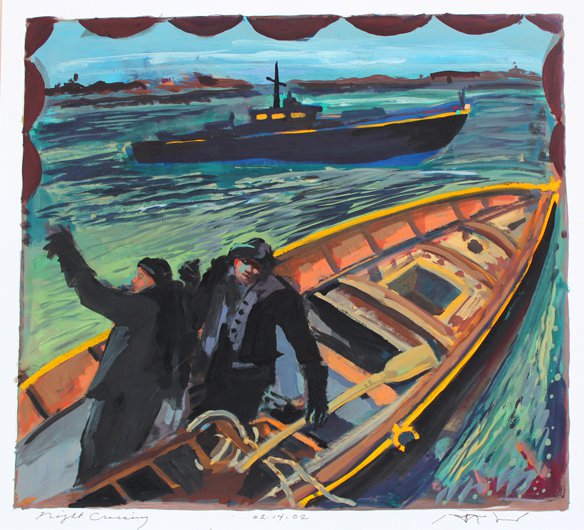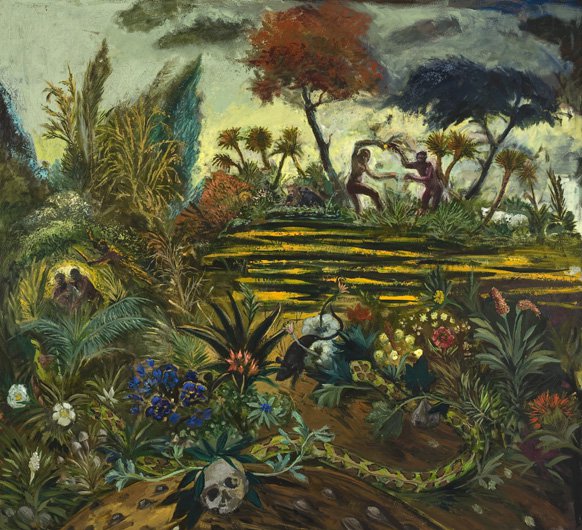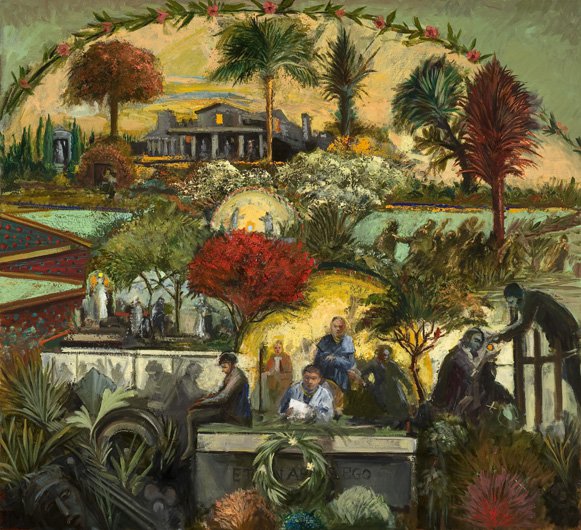Robert Barnes
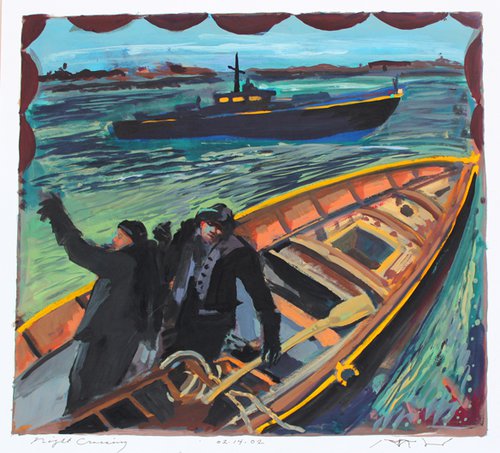
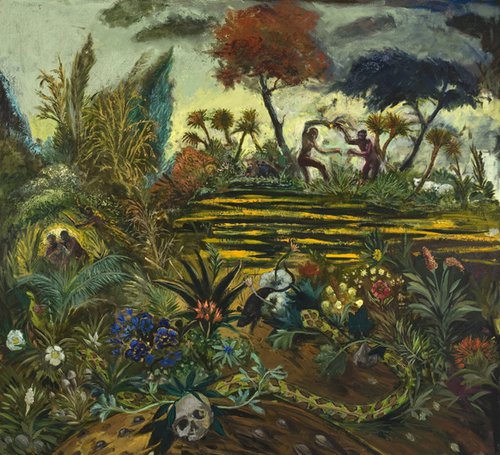
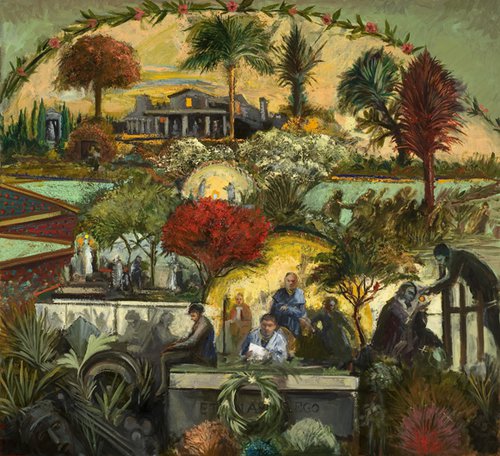
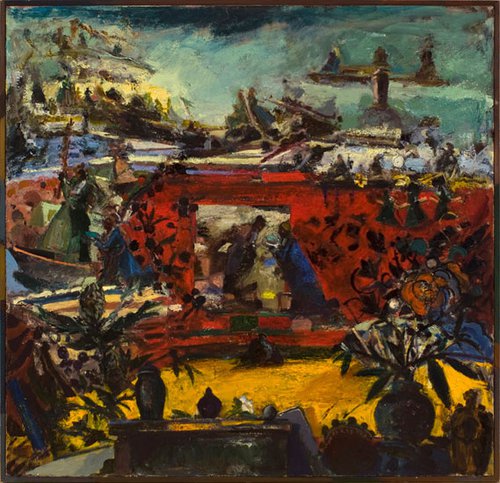
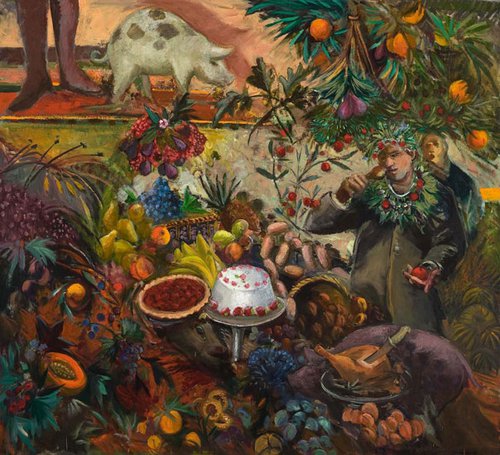
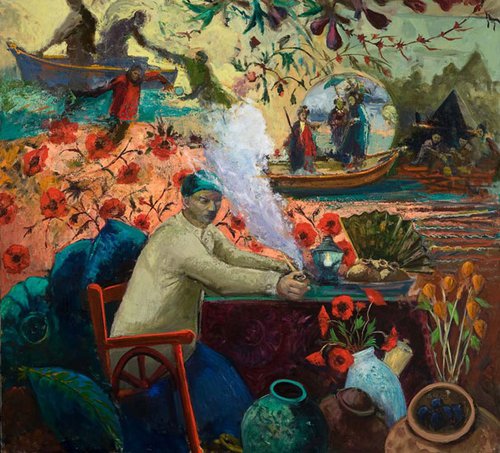
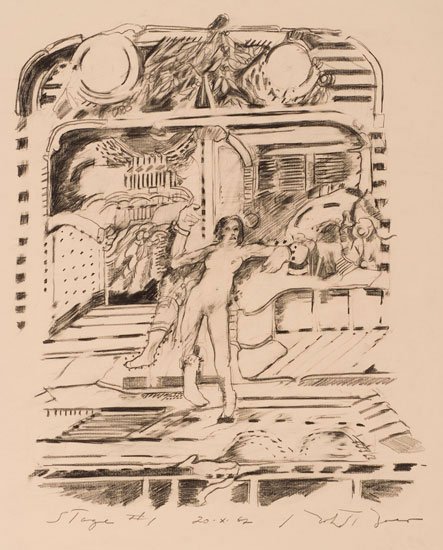
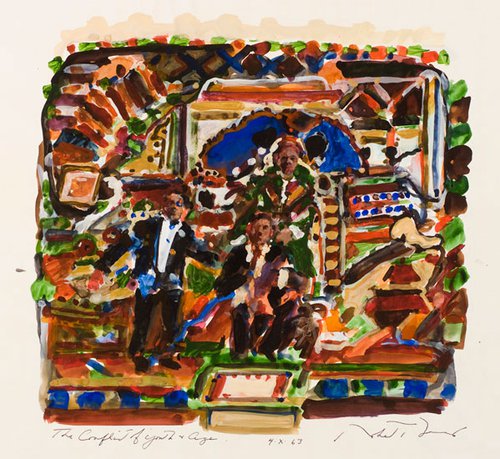
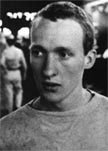
BIO
b. 1934
Lives and works in Maine.
Robert Barnes’s paintings and drawings have been included in gallery and museum exhibitions across the country with fair regularity for the last 40 years, and attracted the admiration of generations of artists and connoisseurs. Unfortunately, his work has remained relatively unknown in the popular art world. This may be because or in spite of Barnes’s command of a rich mixture of literary and psychological references and his unique style that walks the line between figurative and abstract, narrative and surreal.
Barnes was born in Washington. D.C. but moved to Winnetka, Illinois as a child. From 1952 to 1956 he attended both the School of the Art Institute and the University of Chicago, and would receive BFAs from both schools. During this time, he was a part of an exceptionally fertile community of students that included Claes Oldenburg, Jack Beal, Irving Petlin, Leon Golub, Ellen Lanyon, Robert Indiana, and H.C. Westermann. He also participated in the 1952 Exhibition Momentum, where he met the dealer Alan Frumkin, beginning a lengthy relationship between the two.
In 1957 Barnes left Chicago to attend Columbia University in New York. While there he became active both in the world of Dada surrealist art and in the James Joyce Society at Gotham Bookmark – the beginning of two interests that would become major sources of inspiration for the rest of Barnes’s career. In 1958 the Whitney Museum of American Art acquired one of Barnes’s large early paintings, entitled “Judith and Holofernes.”
In 1961 Barnes was awarded both the William and Norma Copley Foundation Prize for Painting and a Fulbright Grant to study English portraiture, and so left to study at the Slade School of Art in London, where he would stay until 1963. Again, Barnes found himself in the company of an extraordinary community of artists, including Francis Bacon. Through Bacon’s involvement with the London Theatre, Barnes developed an interest in the theatrical arts, which would also pervade his paintings for decades to come.
In 1963 Barnes returned to America as a visiting artist at the Kansas Art Institute, Kansas City, where he would stay for a year before moving to Bloomington, Indiana to teach at Indiana University. While living in Indiana, Barnes continued to exhibit with Alan Frumkin at his galleries in Chicago and New York, and in 1967 his work was shown at the Gallerie du Dragon, Paris. During a two-year sabbatical that began in 1972, Barnes traveled to Umbria, Italy and has continued to visit Italy often ever since.
In 1985 a retrospective of the previous three decades of Barnes’s artwork traveled around the country, with stops at the Herron Gallery of Art in Indianapolis; the Madison Art Center, in Madison, Wisconsin; and the Hyde Park Art Center and the Renaissance Society in Chicago.
Barnes retired from teaching at Indiana University in 1999 after 35 years there.
Exhibitions
- Hubcap Diamond Star Halo Corbett vs. Dempsey at Twenty September 14 - November 2, 2024
- Robert Barnes Paradise May 14 - June 19, 2010
- Simone Shubuck Recent Work May 14 - June 19, 2010



